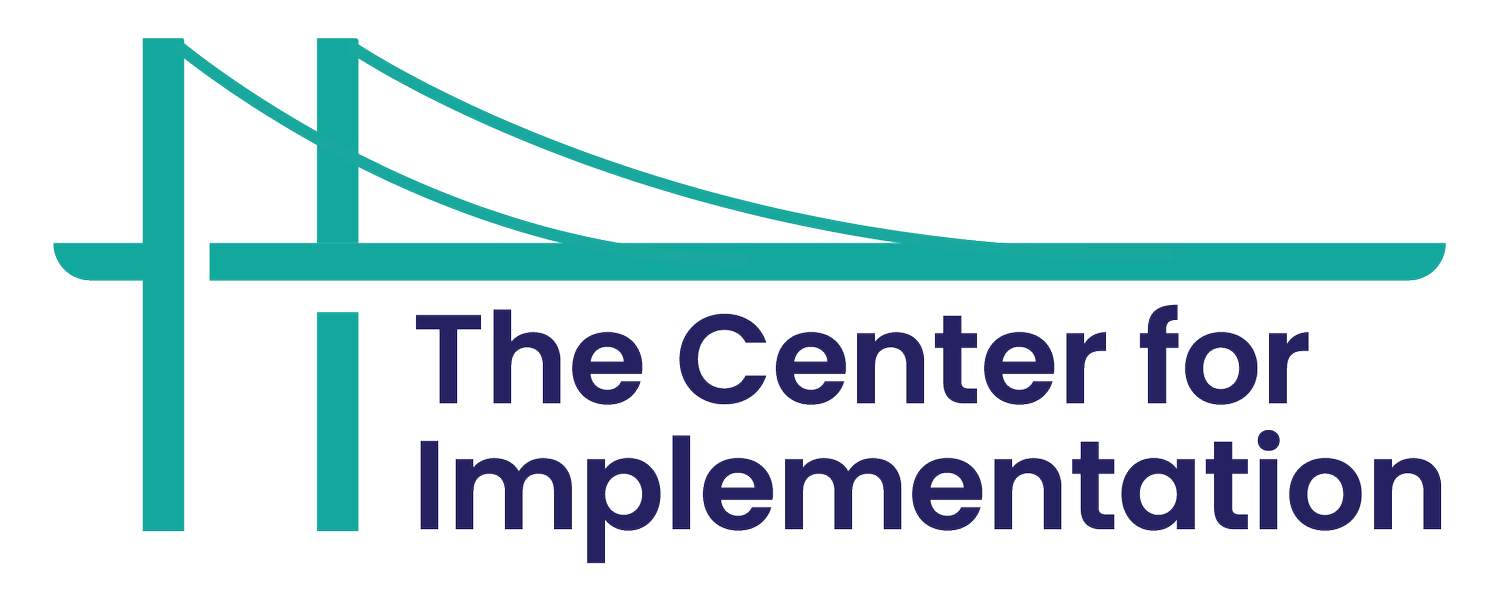Map2Adapt: A Practical Process and Tool for Planning Adaptations Across Contexts
By Dr. Julia E. Moore, Executive Director
4-min read
I have been deeply fascinated by adaptations for the past 15 years. It’s an interesting topic that contains many nuanced tensions. There are two philosophically different views on adaptations: one argues, "This program is based on evidence; we shouldn’t change anything," while the other contends, "Our population and context are unique; we need to adapt to meet people's needs." Each philosophical position is supported by data that backs its perspective.
This philosophical tension exists against the backdrop of the practical realities involved in implementing a scale. Adaptations are unavoidable and necessary. This reflects the situation we face when we implement, spread, and scale programs and practices.
Adaptation planning matters
As a pragmatist, I tend to focus on the practical need for adaptation: how can we more effectively plan for adaptations, acknowledging that they are a reality, while recognizing that not all adaptations are beneficial - in fact, some can be detrimental because they stray too far from what we know works.
For the past four years, we have been developing a tool and guidance to help people plan more effectively for adaptations. We began this work during the height of the pandemic when many realized that adaptations were necessary and sought guidance on how to implement them. We named this process Map2Adapt.
We soft launched Map2Adapt in 2022 and incorporated it into our courses, but we always knew that tweaks and revisions would be necessary for a hard launch. Over the past year, we have delved deeply into improving the Map2Adapt process and tool. We conducted usability testing sessions, developed an interactive online tool, and are now finalizing a guide to accompany the tool to make Map2Adapt a well-developed product for those who are interested in proactive and practical planning for adaptations.
We have been deeply reflecting on the terms we use to describe different things – for example the terms “stakeholder” and “intervention”. In discussions about Map2Adapt, we have had many questions about these terms, so we are sharing our terminology acknowledgment to give you more information.
The Map2Adapt process
We designed Map2Adapt as a process model that encourages teams to thoughtfully plan for adaptations. It outlines key phases and steps, each culminating in a decision point that emphasizes important choices your team may encounter during this journey. While we've organized these steps in a sequence, it's important to recognize that planning for adaptations is inherently iterative. This flexibility allows for the possibility of approaching these steps in various orders and revisiting earlier phases as needed. We encourage you to embrace this dynamic process to enhance your planning efforts.
The Map2Adapt process includes three overarching phases:
Assess fit
Plan for adaptations
Track adaptations
Map2Adapt: Assess fit
In this phase, you will determine how to engage with and describe the original concept, explore which aspects may need adaptation, and decide whether the concept is a good fit for your needs. It includes three steps and one decision point:
Step 1: Identify who to involve
Step 2: Define the original THING
Step 3: Identify what you are adapting
Decision point: Is this a good fit?
Map2Adapt: Plan for adaptations
In this phase, you will outline the adaptations and consider the potential outcomes and impacts of implementing these changes. This phase has two steps and one decision point:
Step 4: Describe the adaptations
Step 5: Identify potential impacts
Decision point: Do you implement?
Map2Adapt: Track adaptations
In the final phase, you work on monitoring and tracking adaptations, then using that information to revisit the adaptations. This phase includes one step and one decision point:
Step 6: Track adaptations
Decision point: Reflect and revisit
Applying Map2Adapt across sectors and settings
This process is specifically designed to support adaptation planning across a diverse range of topics and geographic locations. Whether you are launching a new program, expanding an existing initiative, or refining a practice to better fit your context, Map2Adapt offers a structured yet flexible framework to inform your decision-making.
We have seen Map2Adapt utilized by teams in various countries worldwide, including large healthcare systems, public health departments, community-based organizations, and educational institutions. It has effectively guided adaptations in areas such as healthcare, mental health, substance use, social services, education, and justice.
Regardless of the setting, users have found that this process helps them clarify what they are adapting, why they are making these changes, and how to do so thoughtfully, ensuring that adaptations enhance effectiveness rather than compromise it.
As implementation continues to evolve, having a structured, pragmatic way to approach adaptations is more important than ever. Map2Adapt offers a flexible yet guided approach to ensure adaptations are intentional, useful, and tracked. We can’t wait to see how people use the tool and model in their work!
Watch the Map2Adapt overview
In this video, Julia will introduce you to Map2Adapt, our process model that guides planning for adaptations step by step.
You’ll get a clear overview of how the model was developed and its steps and decision points.
Note: Map2Adapt will be explored more in depth in our upcoming course, Context at Scale.
This article was featured in our monthly Implementation in Action bulletin! Want to receive our next issue? Subscribe here.
Related Resources
Map2Adapt Tool: Planning for Adaptations Proactively (Event recording)
Navigating the Implementation Maze: Unpacking the Two Types of Implementation Process Models (Article)
An Innovative Way to Address the Fidelity-Adaptation Debate: Forms and Functions(Article)
Scaling Up: Balancing Adaptations and Implementation Supports (Article)

